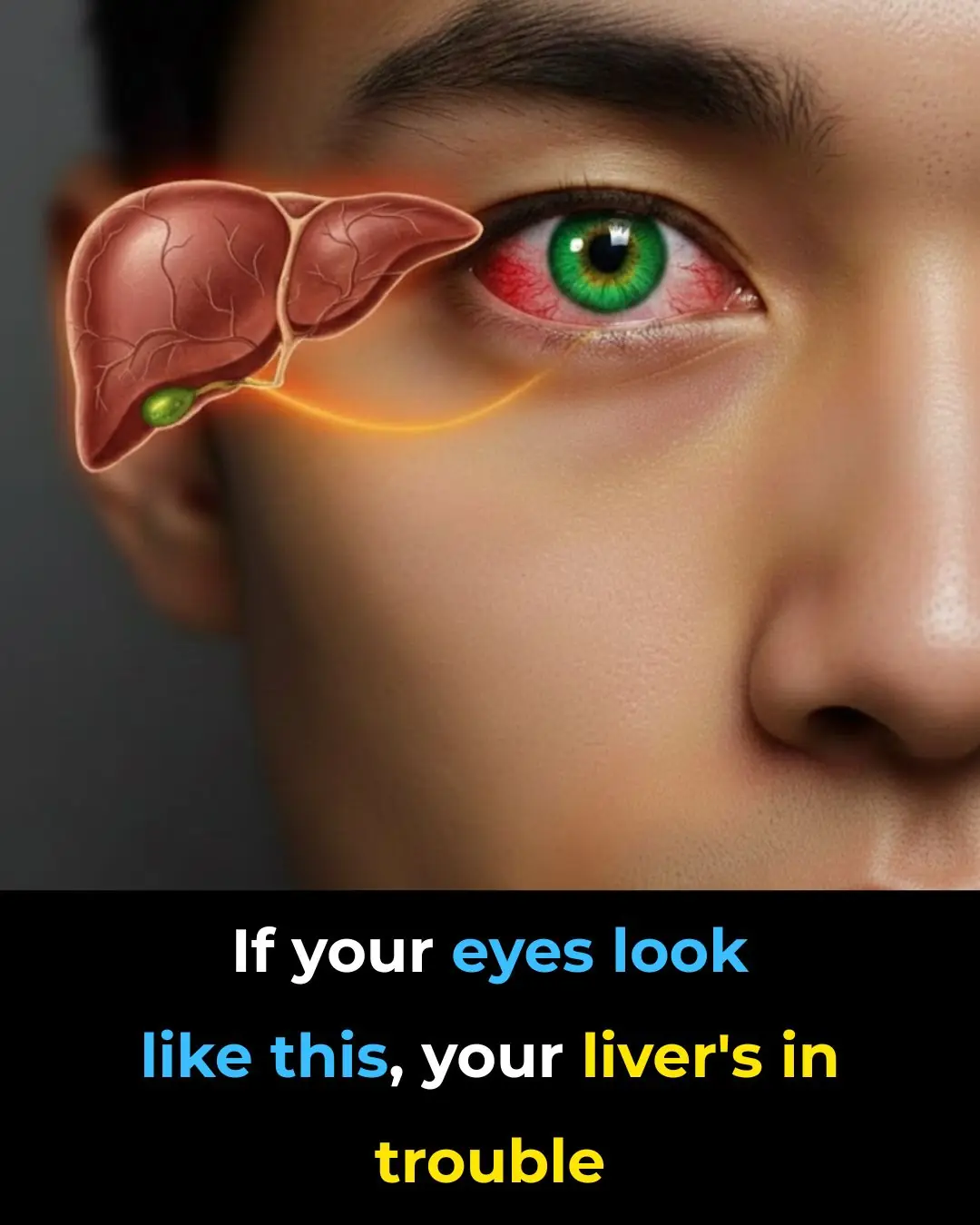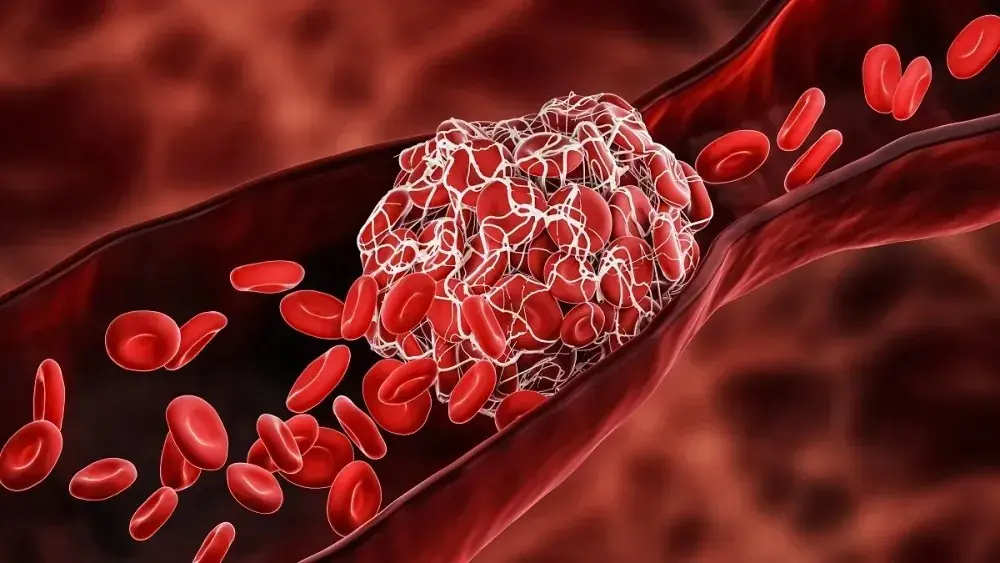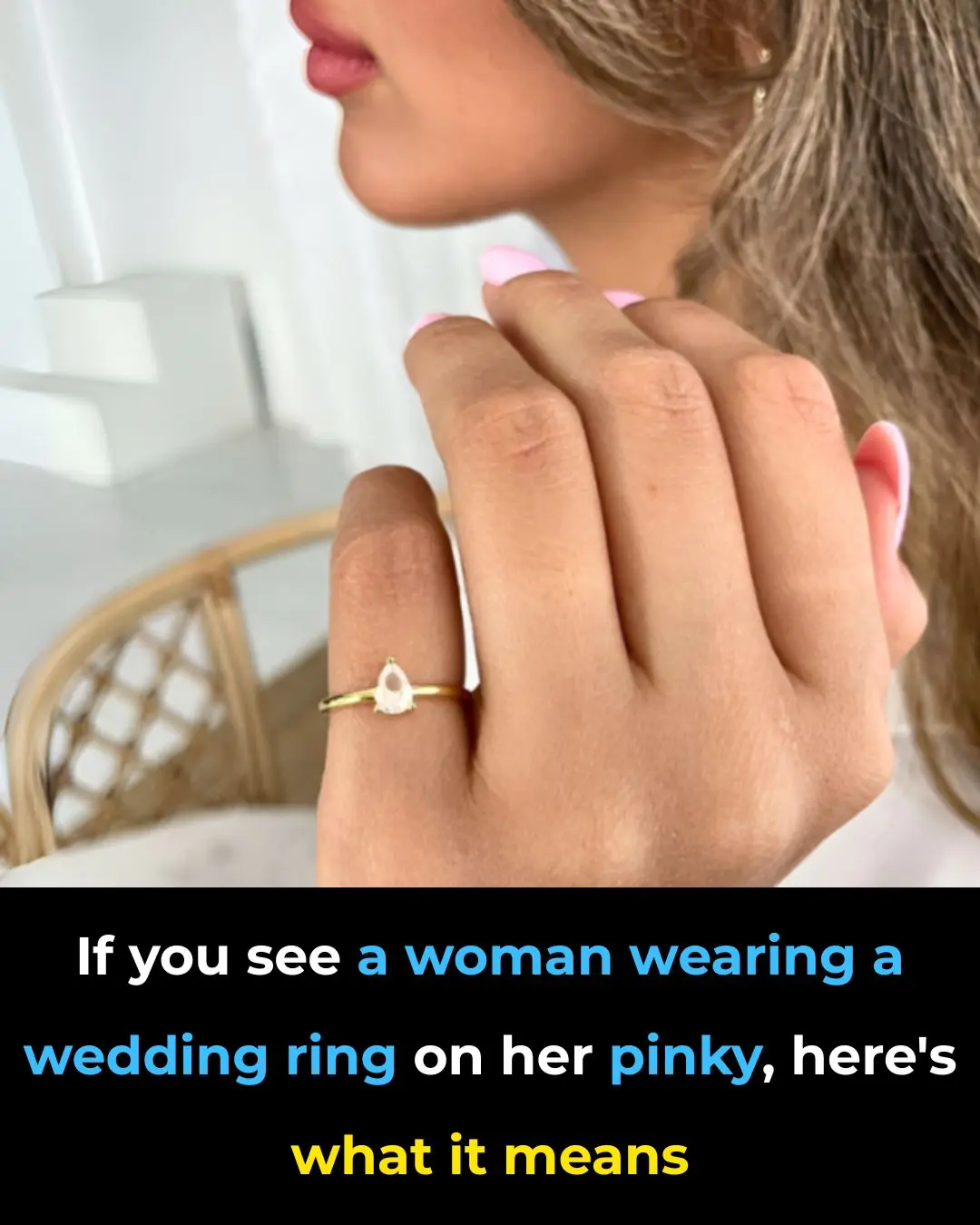
What Does The Half Moon at The Base of The Nails Mean

What Does the Half-Moon at the Base of Your Nails Really Mean?
It’s easy to miss—the small white crescent sitting quietly at the base of each fingernail. Most of us hardly pay attention to it, yet this tiny feature, called the lunula, has become the subject of growing curiosity. Could this subtle mark reveal clues about our inner health? And does its disappearance signal trouble? The truth can be summed up in one word: subtlety.
What Is the Lunula?
The lunula (from the Latin word for “little moon”) isn’t a medical mystery at all. It’s simply the visible part of the nail matrix—the region responsible for producing new nail cells. Its pale, whitish color comes from the fact that blood vessels beneath it are not easily seen, making the lunula appear lighter than the surrounding nail bed.
In some people, the lunula is large and striking, especially on the thumbs. In others, it’s faint, tiny, or nearly invisible. This variation is completely normal and is influenced by factors such as:
-
Genetics
-
Skin tone
-
Age
-
Lighting conditions
-
Overall nail thickness
Children, for example, often have more distinct lunulae, while older adults might notice theirs fading gradually. The key is that variation—by itself—is not a cause for concern.
Should a Faint Lunula Worry You?
Not typically. The presence or visibility of a lunula varies widely, and its appearance isn’t a reliable diagnostic tool on its own. Instead of worrying about a single moment in time, health professionals emphasize watching for changes over weeks or months, especially if they occur across several nails.
When to Pay Attention: Changes Worth Noting
Although lunula differences are usually harmless, certain patterns may point to underlying issues—especially when paired with other symptoms.
1. Enlarged Lunulae
If the lunula begins to take up more than one-third of the nail plate, and this occurs on multiple fingers, it may indicate:
-
Hyperthyroidism
-
High blood pressure
-
Cardiovascular strain
These changes tend to develop gradually rather than suddenly.
2. Disappearing Lunula
A lunula that fades or disappears entirely may be associated with:
-
Chronic fatigue
-
Iron deficiency
-
Vitamin B12 deficiency
-
Reduced circulation
However, one missing lunula does not confirm a health problem. Look for patterns across both hands and observe for other physical symptoms.
3. Color Changes
A healthy lunula is generally white or slightly off-white. Unusual colors such as blue, gray, purple, or red can suggest:
-
Poor oxygen circulation
-
Medication reactions
-
Vascular or circulatory issues
-
Systemic inflammation
Keep in mind that temporary changes—cold hands, pressure on the nail, or certain lighting—can distort appearance. Persistent discoloration, however, should be evaluated by a dermatologist.
A blotchy or reddish lunula, in particular, may warrant a closer look to rule out infections or vascular disorders.
What Your Nails Reveal About Your Lifestyle
Much like the skin and hair, nails offer quiet clues about your lifestyle and internal balance. A clear, visible lunula often reflects:
-
A nutrient-rich diet (protein, iron, zinc, B vitamins)
-
Stable hormonal function
-
Good circulation
-
Lower stress levels
Conversely, a fading or shrinking lunula may be influenced by:
-
Restrictive dieting or long-term fasting
-
Unbalanced vegetarian or vegan diets
-
Chronic stress, anxiety, or burnout
-
Hormonal shifts (menopause, postpartum changes)
-
Side effects of medical treatments such as chemotherapy
Nails grow slowly, meaning lifestyle changes may take weeks or months to show through the lunula.
When to See a Doctor
Seek medical advice if you notice:
-
Sudden color changes
-
Lunula disappearance on multiple nails
-
Deformity, ridges, or irregular shapes
-
Accompanying symptoms such as:
-
Fatigue
-
Brittle or peeling nails
-
Pale skin
-
Shortness of breath
-
A simple blood test can identify nutrient deficiencies, anemia, thyroid disorders, or circulatory problems. People with existing conditions like heart disease, thyroid imbalance, or diabetes may benefit from routinely monitoring their nails as part of ongoing health care.
Final Thoughts: Subtle, Not Stressful
The lunula doesn’t change overnight. Before drawing conclusions, observe your nails in natural light over several weeks. Most variations are harmless and influenced by normal biological factors. When uncertain, a dermatologist or podiatrist can provide the most accurate guidance—without unnecessary alarm.
You've just read “What Does the Half-Moon at the Base of the Nails Mean?”
If you’re curious for more, you might also enjoy “Manager Had To Hire a New Employee.”
News in the same category


What Happens to Your Body When You Eat Canned Tuna Every Day

2-Minute Painless Hair Removal: Natural At-Home Solution

Grounding with Trees: How Barefoot Earthing and Tree Energy Restore Your Natural Balance

10 signs you’re eating too much sugar

A Natural Drink That Helps Ease Knee Pain in Just 14 Days

Drink this daily to support cleaner arteries

If your eyes look like this, your liver’s in trouble

Stop Wasting Money on Pills — Try Chayote Instead! (Natural Remedy Guide)

Beetroot and Ginger: A Powerful Natural Duo for Whole-Body Wellness

Blueberries and Brain Power: Can This Small Fruit Really Boost Memory?

Top 5 drinks to INSTANTLY improve leg circulation and blood flow

8 Early Warning Signs Of Ovarian Cancer You Shouldn’t Ignore

New research links common blood pressure drug to increased bleeding risk

1 carb proven to prevent colon cancer, clear arteries & eliminate inflammation

How & Why You Need to Freeze Lemons (Detailed Instructions)

4 alarming symptoms of vitamin B12 deficiency you can’t ignore!

Raise your legs every day & 7 surprising things will happen to your body!

Simple Changes That Will Naturally Supercharge Your Blood Flow
News Post

Injectable Gel Breakthrough Brings New Hope for Nerve Regeneration

Why Boiled Eggs Deserve a Spot on Your Breakfast Table

Goodbye Synthetic Dyes: Doritos Join the Push for Cleaner, Transparent Ingredients

Breakthrough Research Suggests Kidney Damage May Be Reversible After All

How Intermittent Fasting Protects the Heart: New Evidence on Blood Clots and Cardiovascular Health

New Evidence Links Hepatitis C to Brain Pathways in Mental Illness

ITV breaks silence as Celebrity Big Brother is ‘axed from ITV schedule’

Peter Andre teases ‘special’ project with wife Emily: ‘We are having exciting meetings’

🚫 When to Avoid Ginger — 6 Medical Conditions That May Be Affected

What Happens to Your Body When You Eat Canned Tuna Every Day

I’m A Celebrity star Kelly Brook’s husband reveals when he’s flying out to Australia

Kris Jenner shows support for Meghan Markle weeks after Kardashians photo scandal

Inside Angry Ginge’s ‘bromance’ with Angry Ginge – how they met; ‘going to war’ over diss track; huge ‘risk’ that ‘paid off’

Ant McPartlin’s tattoos explained – tribute to wife Anne-Marie; uproar over ‘missing’ family member; nod to his recovery

Emmerdale disaster incoming: Bear’s fate ‘sealed’ as Joshua Richards makes devastating admission

How Do Farmers Grow Avocado Trees

Robron plot Kev’s downfall – but Emmerdale fans declare they ‘love him’

If You See a Woman Wearing a Wedding Ring On Her Pinky, Here's What It Means

2-Minute Painless Hair Removal: Natural At-Home Solution
